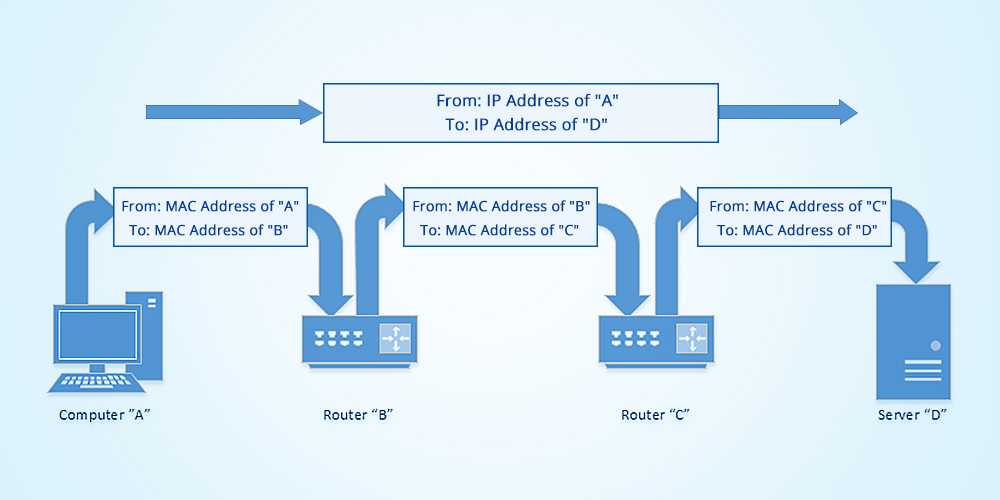Matt Cone March 15, 2013 TutorialsMacNetwork
- Manual Dynamic Mac Address Labels
- Manual Dynamic Mac Address Software
- Manual Dynamic Mac Address Generator
- Manual Dynamic Mac Address App
Navigate to MAC Address Tables Dynamic Addresses using the Switch GUI Management Tool. You can find and filter the list of MAC Addresses which are currently learned by a specific Interface or VLAN on the switch. The MAC address table needs to be updated constantly because the network topology always changes. You can use this command to view learned MAC addresses in real time. Follow-up Procedure. If the displayed dynamic MAC address entries are invalid, run the undo mac-address command to delete dynamic MAC address entries. 21 a4bb.6d10.5555 DYNAMIC Gi2/0/3 DYNAMIC Gi2/0/3 MAC Address Method Domain Status Fg Session ID-Gi2/0/3 a4bb.6d10.5555 dot1x DATA Auth 0A67FE04000004FE7E292422 Gi2/0/3 0004.f2aa.1111 N/A UNKNOWN Unauth 0A67FE04000004FF7E292D25. #show mac address-table int g2.
When your Mac is connected to a private network in a home or office, it's probably assigned what's known as a dynamic IP address. (To check, see How to Find Your Mac's IP Address.) That's not a problem for the majority of users - most people don't care whether their IP addresses changes or not. But dynamic IP addresses won't work for certain tasks like port forwarding, dynamic DNS, or client-to-client file sharing on the local network. For those unique situations and others, only a static IP address will work.

By setting a static IP address in OS X, you'll create a permanent, private IP address for your Mac that won't change from one day to the next. Other devices connected to the local network will be able to access your Mac, and if you set up port forwarding, certain services running on your Mac will be accessible to the outside world.
Unit 3: western religionsmac's history timeline. Here's how to set a static IP address in OS X:
Manual Dynamic Mac Address Labels

Manual Dynamic Mac Address Software

If you own a MacBook, you may want to create a new network location. This will allow you to use the static IP address for certain networks and not others. See How to Configure Network Locations in OS X for instructions.
From the Apple menu, select System Preferences.
Select Network. The window shown below appears.
From the sidebar, select an active network interface. In this example, I'm connected to a wireless network, so I'll select Wi-Fi.
Make a note of the current IP address assigned to your Mac. You'll need to select a new IP address from within the private IP address range listed. More on that in a minute.
Click Advanced.
Select TCP/IP. The window shown below appears.
From the Configure IPv4 menu, select Manually.
Enter a static IP address in the IPv4 Address field. What number should you enter? One method is to take your current IP address and change the last part of the number. In this example, my current dynamically-assigned IP address was
10.0.1.8, so I picked10.0.1.129. I could have picked any address between10.0.1.0and10.0.1.255, as long as the address was not already assigned to another device.Click OK.
Click Apply.
Manual Dynamic Mac Address Generator
Congratulations! You have successfully set a static IP address for your Mac. Now the other devices on the private network can access your Mac by using the static IP address you assigned it. Just remember to switch network locations if you start using a different network - others may not take kindly to you using a static IP address on their network.

Related Articles
Subscribe to our email newsletter
Manual Dynamic Mac Address App

By setting a static IP address in OS X, you'll create a permanent, private IP address for your Mac that won't change from one day to the next. Other devices connected to the local network will be able to access your Mac, and if you set up port forwarding, certain services running on your Mac will be accessible to the outside world.
Unit 3: western religionsmac's history timeline. Here's how to set a static IP address in OS X:
Manual Dynamic Mac Address Labels
Manual Dynamic Mac Address Software
If you own a MacBook, you may want to create a new network location. This will allow you to use the static IP address for certain networks and not others. See How to Configure Network Locations in OS X for instructions.
From the Apple menu, select System Preferences.
Select Network. The window shown below appears.
From the sidebar, select an active network interface. In this example, I'm connected to a wireless network, so I'll select Wi-Fi.
Make a note of the current IP address assigned to your Mac. You'll need to select a new IP address from within the private IP address range listed. More on that in a minute.
Click Advanced.
Select TCP/IP. The window shown below appears.
From the Configure IPv4 menu, select Manually.
Enter a static IP address in the IPv4 Address field. What number should you enter? One method is to take your current IP address and change the last part of the number. In this example, my current dynamically-assigned IP address was
10.0.1.8, so I picked10.0.1.129. I could have picked any address between10.0.1.0and10.0.1.255, as long as the address was not already assigned to another device.Click OK.
Click Apply.
Manual Dynamic Mac Address Generator
Congratulations! You have successfully set a static IP address for your Mac. Now the other devices on the private network can access your Mac by using the static IP address you assigned it. Just remember to switch network locations if you start using a different network - others may not take kindly to you using a static IP address on their network.
Related Articles
Subscribe to our email newsletter
Manual Dynamic Mac Address App
Sign up and get Macinstruct's tutorials delivered to your inbox. No spam, promise!
